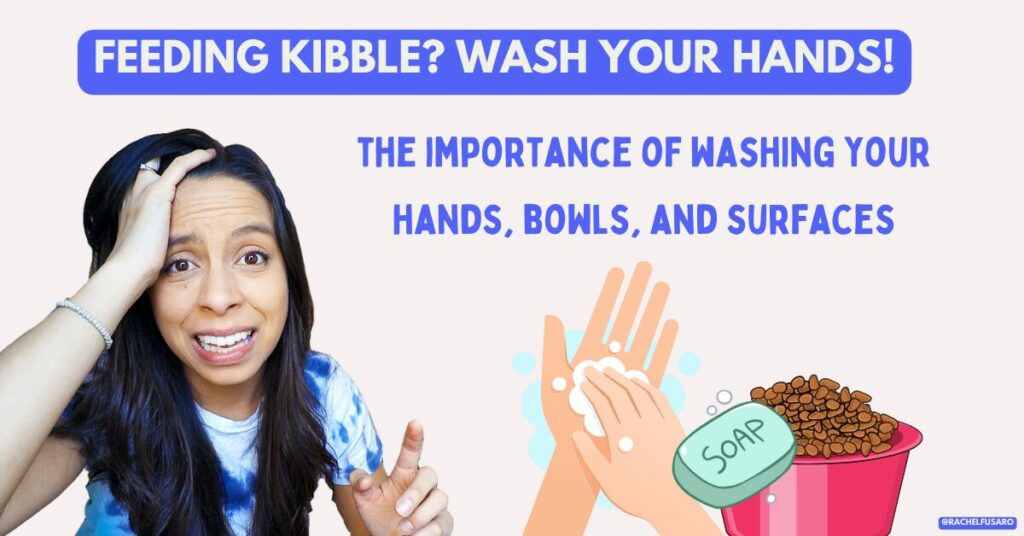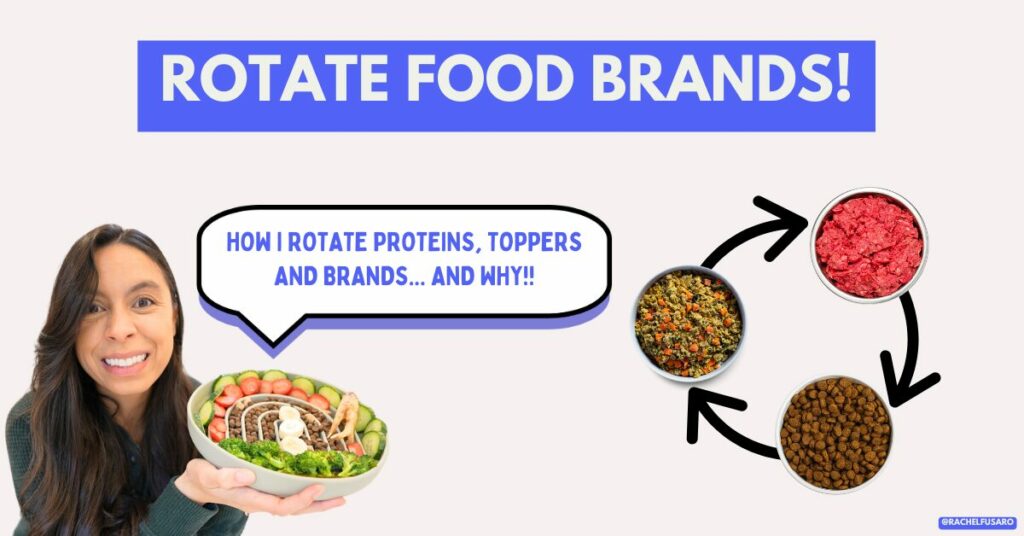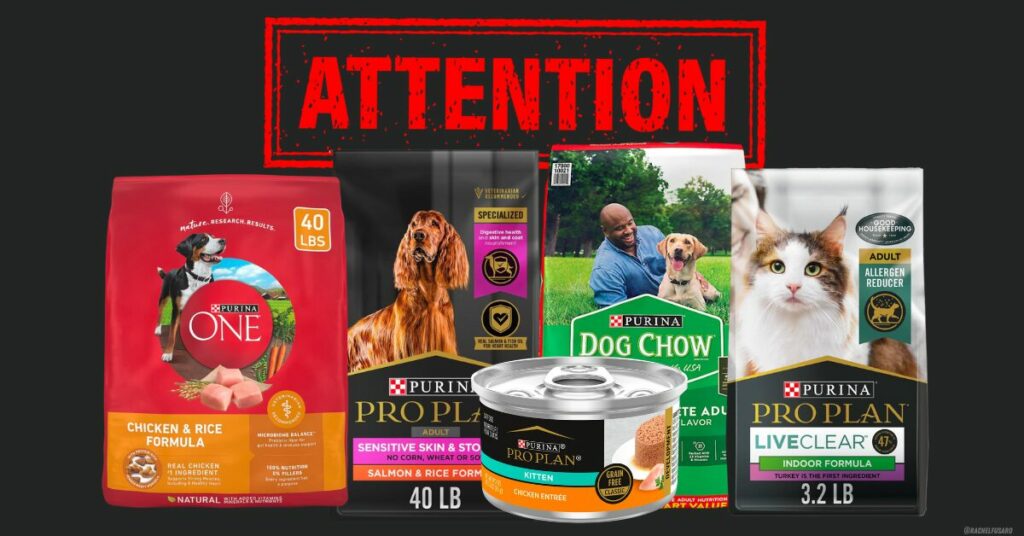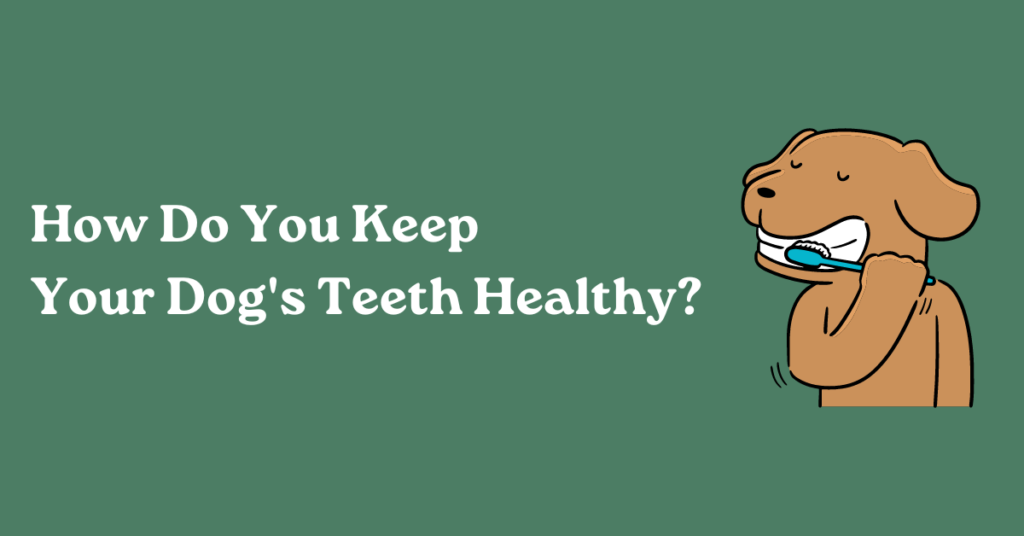Note: this is not intended to treat, prescribe, diagnose, recommend, or cure. Always work with a veterinarian, I am not a vet. This post is not sponsored, but some products or codes may include an affiliate link.
Nobody talks about the importance of washing your hands, bowls, and surfaces after touching ANY pet food, including kibble and treats. Experts say that one of the most important steps to feeding your dog is the cleanup process. Whether you feed kibble, raw, or canned, there are pathogen risks.
PET PARENTS DON’T REALIZE THE RISK
In a study, Professor, Yaohua “Betty” Feng of Purdue University says, “washing hands after playing with and feeding pets would significantly reduce the chances of pet owners getting sick.” Professor Feng’s study also revealed that many Americans aren’t aware of foodborne illnesses and don’t wash their hands after playing with or feeding their pets.
Shockingly, the study showed that 78% of surveyed pet parents were not aware of recent pet food recalls related to foodborne illnesses. Even more, ¼ of people believe that dry dog food and treats have no chance of spreading foodborne pathogens. Unfortunately, there are more kibble recalls for potential pathogenic bacteria than any other type of food.
According to the CDC, a popular kibble brand, Mid America Pet Food which makes Victor brand Hi-Pro Plus, was contaminated with Salmonella resulting in several people getting sick. Epidemiologic data states, “the true number of sick people in this outbreak was likely much higher than the number reported.” This isn’t an issue of potential risk, there is a risk anytime we are handling pet food and treats.
In 2019, there were 154 cases of human infection tied to exposure to pig ear treats contaminated with Salmonella according to the FDA. And in 2018, two children were exposed to contaminated Turkey pet food (Raws for Paws) resulting in a recall of certain lot numbers per the FDA. Keep in mind, recalls happen in the human world all the time, so I share this as a reminder to handle all pet food and treats with the same caution as human food.
Professor Feng suggests that pet owners do their research and understand the proper way to handle dog food and treats.
Here are some handling tips:
- Wash hands with soap and water before and after feeding your dog any food or treat
- Handle and store pet food properly to avoid cross-contamination
- Clean your surfaces before and after feeding your dog
- Keep up with pet food recalls and keep records of pet food lot numbers and other information for potential tracking
According to veterinary epidemiologist at CDC, Dr. Behravesh, humans are at risk for salmonella from any pet food and treats. Dr. Behravesh explains that the most important thing we can do is wash our hands right after handling any dry pet food, pet treats, or even pet supplements, like vitamins. I will add that washing hands and surfaces after handling any pet food, whether it be cooked, kibble, or raw, is important.
Cleaning products I use (that are pet safe):

TREATS & KIBBLE SHOULDN’T BE OVERLOOKED
Just as raw food has potential bacterial risks, dry food like kibble can also pose a risk. Like human food, there is usually always a risk. According to the AVMA, “no pet food is immune from the possibility of Salmonella contamination.” Raw foods may have a higher risk, but with quality sourcing, proper handling and aftercare, safety can be easily achieved.
This is why I am so picky with the pet foods I purchase because we can reduce risk with quality human grade sourcing. Most pet foods are “feed grade,” which doesn’t inherently make them “bad,” but it’s something I avoid. To see my favorite dog food brands, click here.
Dry pet food recalls are reported more often than not because, as we learned above, ¼ of pet parents believe that dry dog food and treats can’t spread pathogenic bacteria. It’s believed that this leads many not to take as much precaution when handling food and cleaning up after their dog. AAFCO, a pet food regulation association, presented an updated pet food labeling project. In this initiative, we will likely start seeing brands including safe handling guidelines on packaging (which is a huge win)!
This pie chart by Susan Thixton depicts this:
Because dry dog food and treats are animal protein products, there’s always a chance they contain food-borne pathogens. This is why kibble is cooked and extruded at extremely high temperatures – to reduce the risk of contamination. However, if a kibble additive (e.g. flavoring) is contaminated, it can then cause the kibble to contain contaminants or if the sourcing is low quality, the risk can increase. Again, all pet food, including treats, has some level of risk. It also needs to be noted that the majority of pet parents feed dry food kibble, so it makes sense to see more recalls associated with kibble.
I share this not to scare you, but to remind you that any pet edible product should be handled with food safety handling practices. In this community, we make informed decisions, not ones based on fear.
WHAT RECALLS ARE TELLING US
From the pie chart above by Susan Thixton, it’s very easy to see that the number one reason for recalls within the past ten years is bacterial contamination.
According to Susan Thixton, a consumer pet food advocate, “while the FDA and CDC continually warn pet owners of the risks of pathogenic bacteria in raw pet foods, raw pet foods were only 1.2% of the total in this segment. Kibble on the other hand – which FDA has never warned pet owners of the risks of pathogenic bacteria – is 98% of this segment.”
All in all, regardless of what you feed your dog or cat, make sure to always wash your hands and clean surfaces after mealtime. This can help reduce the risk of pathogenic bacteria spreading throughout your home.
Note: this is not intended to treat, prescribe, diagnose, recommend, or cure. Always work with a veterinarian, I am not a vet. This post is not sponsored, but some products or codes may include an affiliate link.
References
https://www.sciencedirect.com/science/article/pii/S0362028X22107702?via%3Dihub
https://www.avma.org/salmonella-dry-pet-foods-and-pet-treats-faq
Note: this is not intended to treat, prescribe, diagnose, recommend, or cure. Always work with a veterinarian, I am not a vet. This post is not sponsored, but some products or codes may include an affiliate link.







